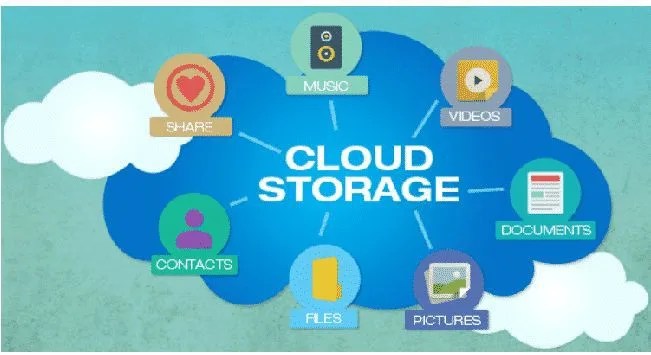In a world dominated by online services and ever-growing data needs, setting up your personal cloud storage system is a game changer. Whether you’re tired of relying on third-party services or simply want more control over your data, a personal cloud storage setup offers the flexibility, security, and scalability you need. Here’s how to set up your own cloud storage system, step by step.
1. Choose Your Hardware
The first step in creating a personal cloud storage system is selecting the right hardware. You can opt for a Network Attached Storage (NAS) device or even repurpose an old computer as your cloud server. NAS devices are easier to set up and often come with pre-installed cloud software.
Popular Choices: Synology NAS, QNAP NAS, Western Digital My Cloud

2. Install the Right Software
Once you’ve got your hardware, you’ll need cloud storage software to manage and access your files remotely. Some NAS devices come with their own cloud management software, but you can also use open-source or third-party tools.
Popular Software: Nextcloud, OwnCloud, Synology Drive
3. Configure Your Network
For remote access to your personal cloud, you’ll need to configure your network properly. This often involves setting up port forwarding on your router, so your NAS or server can be accessed from anywhere. Additionally, a dynamic DNS (DDNS) service will ensure you can connect to your cloud even if your home IP address changes.
Popular Tools: No-IP, DynDNS, DuckDNS

4. Set Up Security Measures
Security is critical when setting up your personal cloud. Make sure to secure your system with strong passwords, enable encryption for your data, and use two-factor authentication (2FA) wherever possible. Consider using a Virtual Private Network (VPN) for additional security when accessing your cloud remotely.
Security Tips: Enable SSL/TLS encryption, use a firewall, implement 2FA
5. Access Your Cloud from Anywhere
With your cloud storage system set up, you can now access your files from any device. Most cloud storage software offers apps for mobile and desktop, so you can manage and sync your files seamlessly across multiple platforms.
Mobile Apps: Nextcloud App, Synology DS File, OwnCloud App

6. Backup Your Data
Just because you’re storing your data in a personal cloud doesn’t mean it’s safe from loss. Always back up your cloud storage to another location—either another physical drive or a third-party cloud service—for redundancy.
Backup Solutions: Backblaze, CrashPlan, Acronis
By following these steps, you can create a reliable, secure, and private cloud storage system that meets your personal or business needs. The added control over your data and the ability to access your files from anywhere make it well worth the effort!



